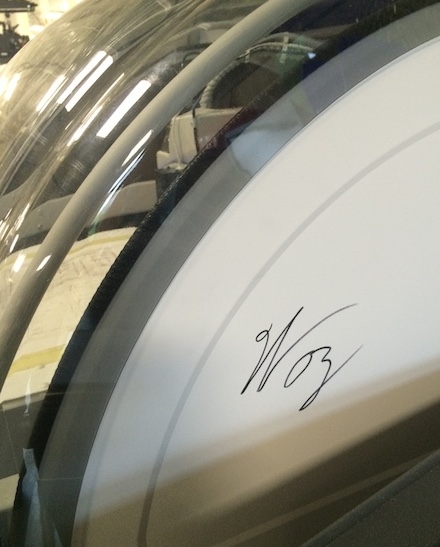The contemporary maker movement has done much to raise awareness of engineering and design among the general public. By shining a spotlight on the process of innovation, it has sparked a renewed interest in manufacturing as well as careers in engineering and design.
Recently, some colleagues and I were given a tour of a brand new innovation center at Case Western Reserve University in Cleveland. Named think[box], it is characterized as “part lab, part studio, and all innovation.” Expected to cost a total of $35 million, the 50,000 square foot space is housed in a converted early 20th century storage building on the Case campus.
The center’s vibrant existence acknowledges the dynamism of the DIY maker movement, but takes it to a whole new level by being part of a thriving college campus closely linked with the university’s college of engineering as well as the school’s Weatherhead School of Management, which is frequently cited among the nation’s top business schools.
In addition to university students using the facilities, a key element of the center’s mission is to provide a space accessible to the public to explore creative ideas. The general public can use the facilities and equipment and can bring their own raw materials or purchase them on site.
![Large, commercial 3D printers at the new think[box] space on the campus of Case Western Reserve University give student and the public access to state-of-the-art equipment.](/wp-content/uploads/2015/10/IMG_2159.jpg)

“For the region, I think it’s also important to think about what this facility means,” said Jeffrey Duerk, Dean of the Case School of Engineering. “It’s really an ecosystem going from ideation to creation to ultimately, on the upper floors, innovation and entrepreneurship and incubation.”
Even the floors of the building are designed to parallel the innovation process, with collaboration and brainstorming on the first floor, followed by a wood shop and metal fabricating labs for prototyping, all the way up to the top floor for entrepreneurship and incubation.
Later this month, the university will showcase think[box] nationally as part of an Innovation Summit October 26th through the 28th. The event features speakers such as Nolan Bushnell, founder of Atari; Curt Carlson, former CEO and president of SRI International; Jeff Hoffman, co-founder of Priceline.com; and Jim Clifton, CEO of Gallup Inc.


Leave a Reply
You must be logged in to post a comment.